There's an Annular Solar Eclipse Crossing the U.S. in October — Here Are the Best States to See It From
The eclipse will be visible across the western United States on Oct. 14, 2023.
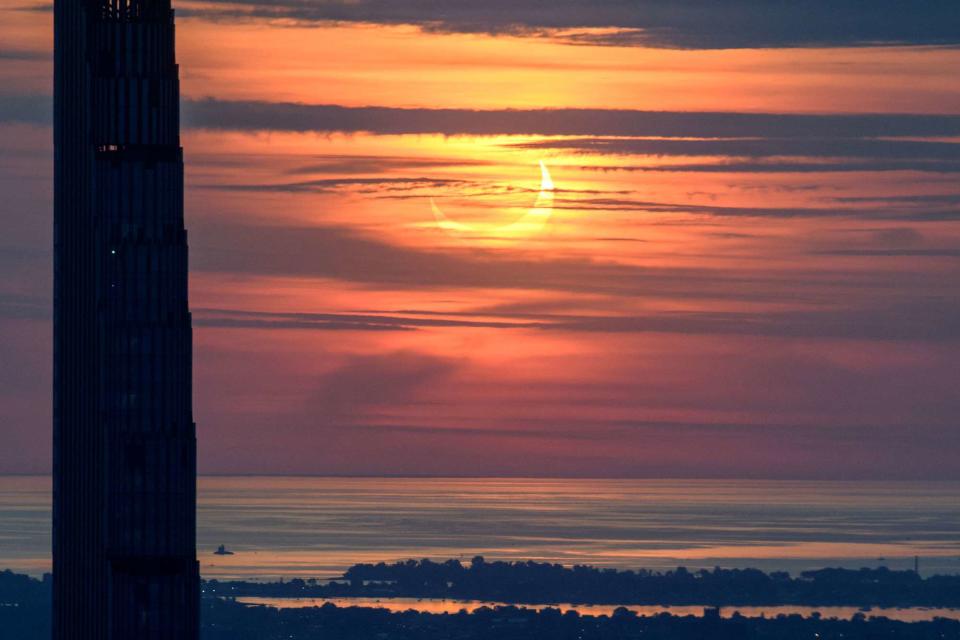
ED JONES/AFP via Getty Images
You've probably heard of the upcoming total solar eclipse on April 8, 2024, which will be visible across a large swath of the United States — cities in its path are planning for thousands (if not millions) of skywatchers traveling in for the event. But did you know there's another solar eclipse happening before then?
On Oct. 14, 2023, an annular solar eclipse will cross the U.S. from Oregon to Texas before continuing across Central and South America, according to NASA. An annular solar eclipse occurs when the moon travels between the Earth and the sun, and its shadow darkens the skies across a narrow strip of our planet. In a total eclipse, the sun is entirely blocked by the moon, but in an annular eclipse, the moon obscures most — but not all — of the sun, resulting in a brilliant halo effect.
If you're interested in seeing the celestial event this fall, here are the states directly in the path of the annular solar eclipse.
Oregon
Oregon is the first state to experience the eclipse — it will appear from approximately 8 a.m. to 10:40 a.m. local time (PDT). Annularity, which is part of the eclipse when you'll see the "ring of fire" around the moon, will be visible from the city of Eugene (roughly a two-hour drive south of Portland) and further south from Crater Lake National Park.
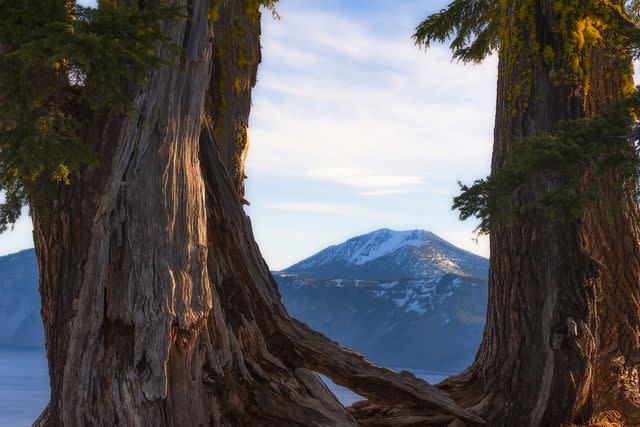
Dee/Getty Images
California
Annularity will only be visible in a sliver of northeast California, mainly in the Modoc National Forest and its surrounding communities. (It's about a five-hour drive from Sacramento and roughly two hours from the Mount Shasta area.) Like in Oregon, the eclipse will run from roughly 8 a.m. to 10:40 a.m. local time (PDT).
Nevada
Sadly annularity won't be visible from Las Vegas or Reno — you'll have to head out on a road trip to see the eclipse in all its haloed glory. Take Route 50, sometimes referred to as the "Loneliest Road in America," to visit the city of Ely. (For reference, Ely is roughly a four-hour drive from Las Vegas.) Or continue on to Great Basin National Park — one of the country's least visited national parks. Catch the eclipse from approximately 8 a.m. to 10:40 a.m. local time (PDT).
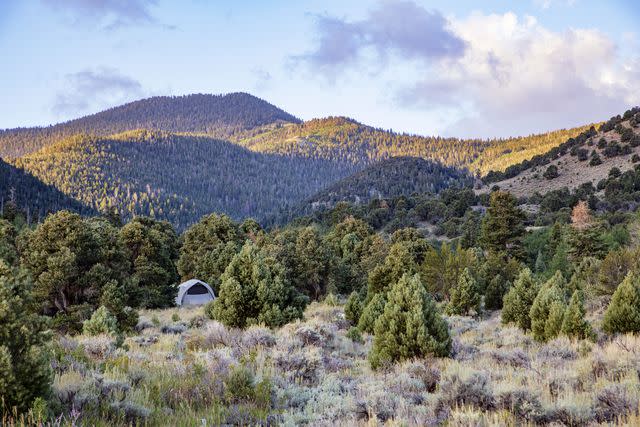
Anne Lindgren/Getty Images
Utah
Three of Utah's five national parks are prime viewing spots for the annular solar eclipse: Bryce Canyon National Park, Canyonlands National Park, and Capitol Reef National Park. Given the dramatic landscapes here, we imagine there'd be pretty spectacular photography opportunities. See the eclipse from approximately 9 a.m. to noon local time (MDT).
Colorado
You might have noticed something of a theme here — there are a number of national parks right in the path of the annular solar eclipse. That trend continues in Colorado, where annularity will be visible from Mesa Verde National Park from roughly 9 a.m. to noon local time (MDT).
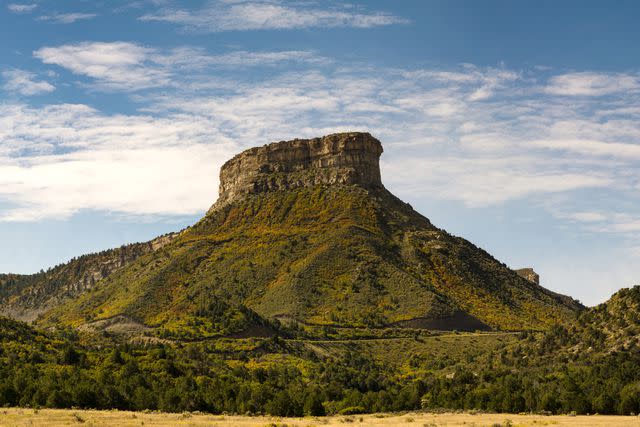
Getty Images
Arizona
Head to Arizona's famous Monument Valley Navajo Tribal Park to see the annular solar eclipse in October. Note that though Arizona does not observe daylight savings time, the Navajo Nation, where Monument Valley is located, does. If you're located within the Navajo Nation, annularity will be visible from approximately 9 a.m. to noon local time (MDT).
New Mexico
The eclipse will cross New Mexico in a perfect diagonal line from its northwest corner to its southeast one, giving you plenty of places from which to view the annularity. One of our favorites is Santa Fe, but you can also see it from Albuquerque and Roswell. See the eclipse from roughly 9:15 a.m. to 12:10 p.m. local time (MDT).
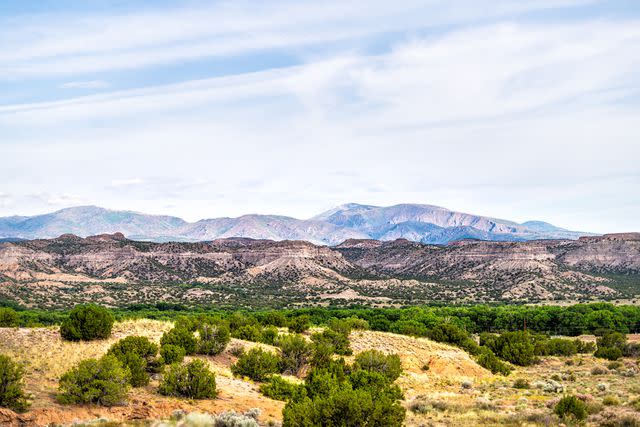
Getty Images
Texas
In Texas, the eclipse will be visible in a line from Odessa to Corpus Christi. The biggest city in its path is San Antonio, from which you'll be able to see the eclipse from approximately 10:30 a.m. to 1:30 p.m. local time (CDT).
Honorable Mention: Idaho
While you will technically be able to see annularity from Idaho, you'll only be able to do so in the state's very remote southwest corner, which has very little in the way of infrastructure. The area is a 5.5-hour drive from Boise and a 7.5-hour drive from Twin Falls. See the eclipse from roughly 9 a.m. local time to 11:45 a.m. local time (MDT).
For more Travel & Leisure news, make sure to sign up for our newsletter!
Read the original article on Travel & Leisure.

